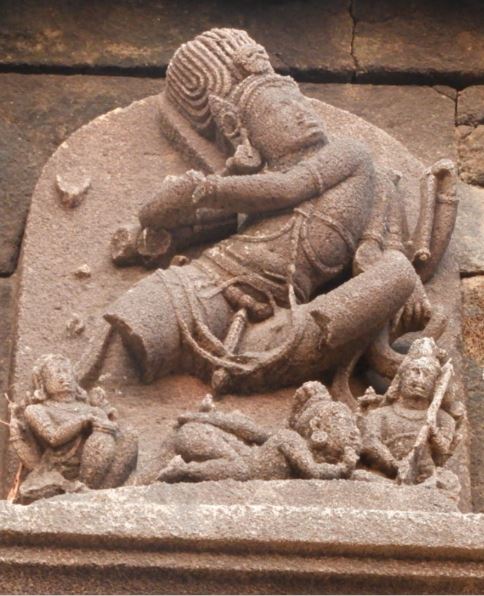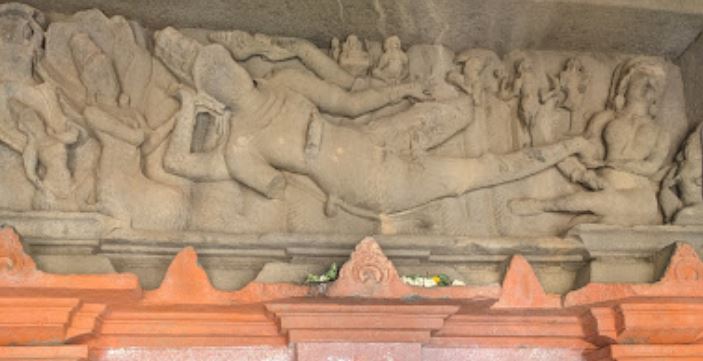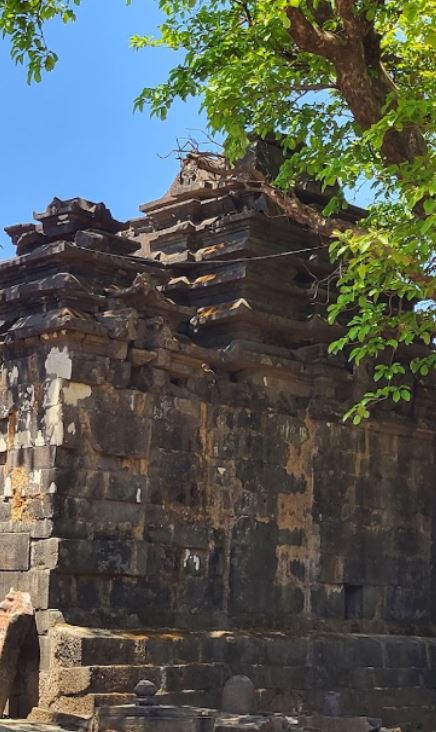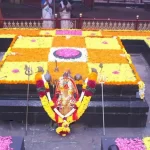Nageshwar Temple: A Hidden Gem in the Deccan
The Nageshwar Shiva temple is situated in the village of Khireshwar, on the banks of the Kalu River, at the base of the majestic Harishchandragad Fort, nestled within the Western Ghats. This little-known temple is primarily visited by locals and adventurous hikers heading to Harishchandragad.
What makes the temple so fascinating? For the Deccan region, this temple is quite unique. Its architectural design can be classified as Karnata Dravida, bearing influences from the Kadamba architectural style.
ALSO READ: Kanwariyas: Devotees Carrying Holy Water for Lord Shiva
The mystery surrounding this type of temple in Maharashtra is further complicated by the unclear origins of the Nageshwar temple.

Aside from a brief, now illegible inscription on the west wall, there is little to no evidence or reference to the temple in any other inscriptions.
Uncertain Origins of the Shiva Temples
As per the story, the temple was built by the Shilahara king, Jhanjha. However, the temple does not appear to date back to his era, which was the late tenth century, suggesting that this claim is likely untrue.
According to the legend, Jhanjha, the Shilahara ruler, constructed twelve Shiva temples, or shivalayas, at the sites of the twelve rivers that flow through this region. Among the more well-known temples mentioned in this mythology are the Amruteshwar temple near Ratanwadi, the Harishchandreshwar temple, and the Kukdeshwar temple.
Although this narrative is associated with the later Shilahara monarch Chittaraja, his copper plate inscriptions make no mention of the locations of these temples.
Architectural Uniqueness and Intriguing Sculptures of the Nageshwar Temple
The temple is unique, despite the fact that neither its builder nor its patron are known. Unlike the typical square-shaped Kadamba temples, it is a triratha temple with a Madhyalata and a ghanadwara. The temple is built in the Karnata Dravida or Kadamba architectural style. Of the beautiful sculptures adorning the three niches on the vimana, only one has survived.

Even though all of Nataraja’s limbs are shattered, the remaining sculpture is still striking. It depicts Brahma and Vishnu playing the veena and mridangam. Shiva’s exquisite jatamukata (crowned hair) features a skull at the front. Additionally, the temple showcases a shukanasi above the antarala, supported by characteristic Dravidian pillars. The Mandapa building has long since been demolished or collapsed and is no longer present. The temple is constructed from black basalt rock, with simple exterior walls.
Intricate Interiors and Unique Features of the Nageshwar Temple
The interior of the temple, including the garbhagriha and the antarala (ante-chamber), is its most striking feature. The temple looks like it’s still a work in progress. As you can tell from the Bharavahakas sculpture on the ceiling.
The ceiling of the antarala is adorned with a beautifully carved Ashtadikpala panel, which gives the impression of being made of wood. Awe-inspiring sculptures of Shesh Shayi Vishnu, or Vishnu reclining on the serpent Adishesha, can be seen at the entrance to the garbhagriha.

The garbhagriha itself features a lotus-shaped circular roof, with a shivalingam that appears to be from a later era.
The temple is worth visiting due to its uniqueness and rarity. A similar temple, the Aishwaryeshwar Temple, is located in Sinnar and was constructed in a comparable manner.

